Get your beginning clarinet players in tip-top shape and have fun doing it! Beginning clarinet instruction doesn’t need to be frustrating. Great clarinet tone and technique are the result of good habits. Start these good habits early on with a focus on the foundations of clarinet playing: embouchure, tone development, flexible fingers, and articulation.

Embouchure
What makes a great clarinet embouchure, and how can we easily describe it to young students? It’s as easy as this: keep it simple. We don’t need to use fancy words and drawn out explanations to get students to make an effective clarinet embouchure. Break down the embouchure process into three simple steps: Lips, Chin, and Corners. First, have students roll the bottom lip over the bottom teeth. Keep in mind that every student has a different size lip, so everyone will roll a slightly different amount of lip. The ideal embouchure will have the thick, cushioned part of the lip resting over the bottom teeth. The next step is to pull the chin down and flat. This will give wonderful support to the tone and produce more mature sounds. Finally, students should pull in the corners of their lips to seal the air and prevent any leaks. Pulling the corners of the mouth in helps to prevent putting too much pressure on the reed.
A fun way to help students develop good embouchure habits is to pair each student with an “embouchure buddy.” Students can take turns looking at each other’s embouchures and give tips to help make it better. Another helpful tip is enlisting the help of a talented high school clarinet player in your program. The high school player could come to beginning band once a week and sit in the clarinet section. They can help students with their embouchures while also modeling good embouchure formation.
Tone Development
No more weak-toned clarinet sections! It is no surprise that long tones are one of the best ways to build a mature tone. Unfortunately, students often find long tones to be boring and unrewarding. Creating “long tones with a twist” help make these worthwhile exercises engaging for young students. One twist on the typical long tone is to set weekly goals for how long the band or section can hold the long tone. Students will be inspired to reach new goals and feel proud of how far they come in a semester. Another twist is to play the long tones at different dynamic levels. Students are often surprised to find that it’s hard to hold a long tone played at a soft dynamic. You can also use crescendos and diminuendos during the long tone to create interest. Finally, provide rewards when the band reaches a long tone goal they have set out to accomplish. The rewards can be as simple as letting the band select a piece to end rehearsal with or watching a performance on YouTube.
In addition to long tones, you can help build depth and maturity of tone early on with slow scale passages. The following “Whale Scale” is a great way to develop tone. [See Figure 1] The scale can easily be customized to fit any key. You can also do the entire scale, or just portions of it, depending upon how many notes the clarinet players are comfortable with.
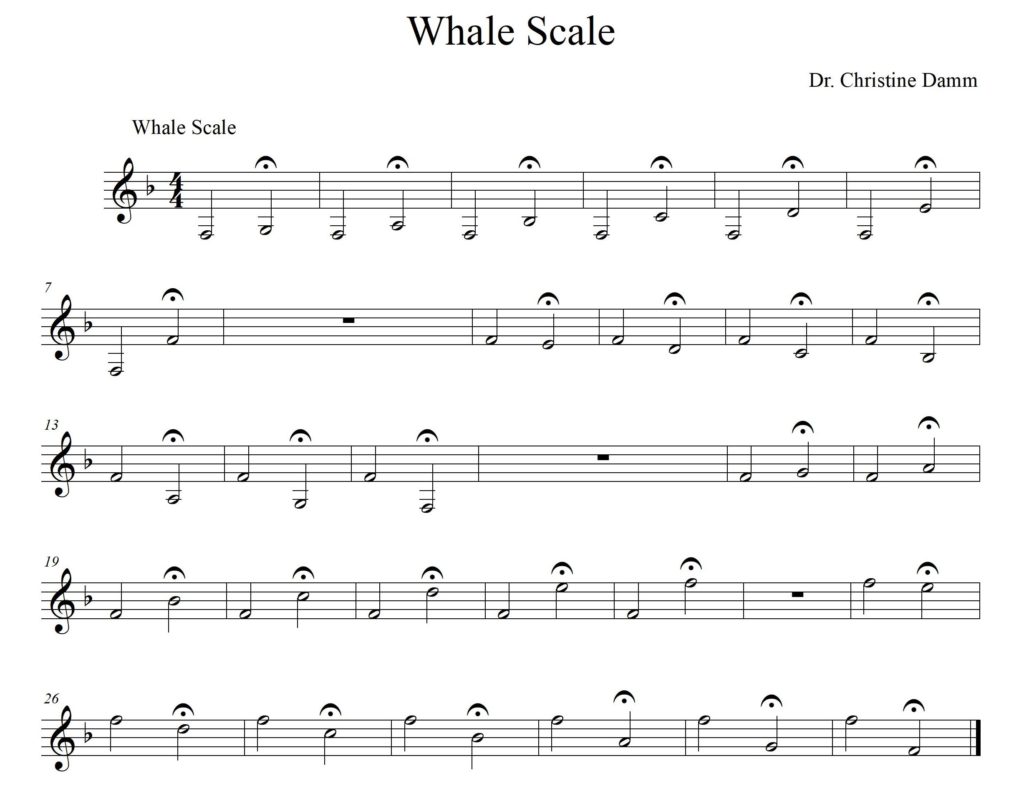
Figure 1
Flexible Fingers
Flexible fingers are fast fingers! Every band director knows that clarinet parts are often filled with quick-moving notes. A correct finger position is essential. The clarinet can be difficult to hold for a new student. There are a lot of keys, and the weight of the instrument can feel heavy to young players. The proper placement of fingers on the clarinet is called the “guide position.” [See Figure 2] Guide position is made up of the following: relaxed fingers resting over the tone holes, right thumb under the thumb rest just above the knuckle, and pinkies resting on the appropriate pinky key. That’s a lot for a young player to remember. Utilize the clarinet buddy system and have students check on each other’s guide position. Using a mirror for students to check their own hand position is also very helpful.
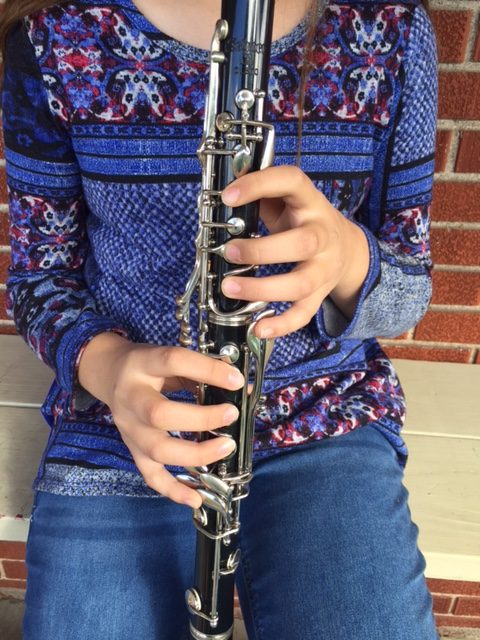
Figure 2
Once students are comfortable with the guide position, students can use the following finger exercises to develop relaxed and flexible fingers ready to master the notes on the page. [See Figure 3 and Figure 4]
- Left Hand and Right Hand Crazy Clockwise Studies: Isolate the pinkies and build confidence and independence.
- Sammy the Snake Studies: Create independent fingers that are relaxed and move smoothly.
- Left-Hand Study: Develop relaxed and confident left hands.
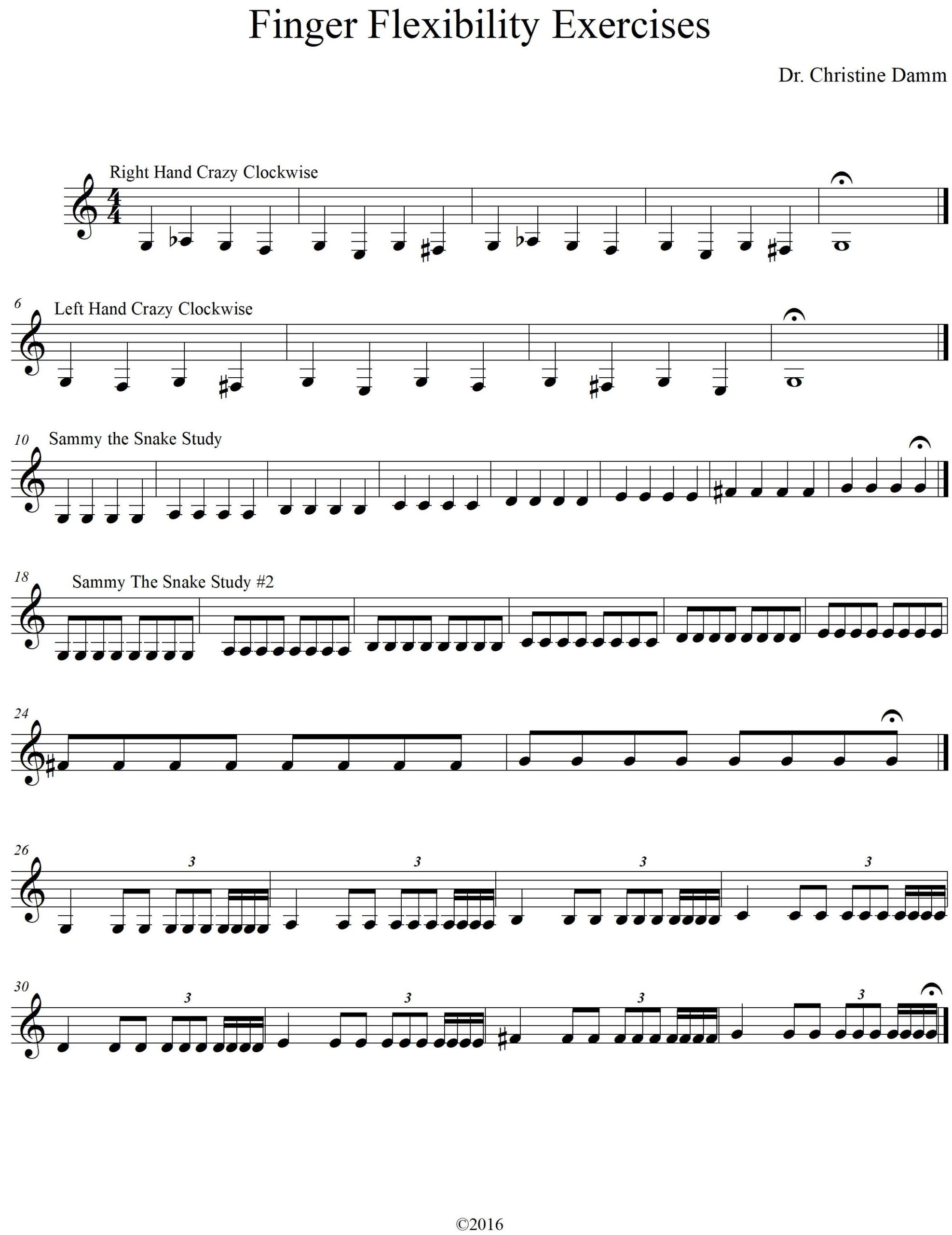
Figure 3
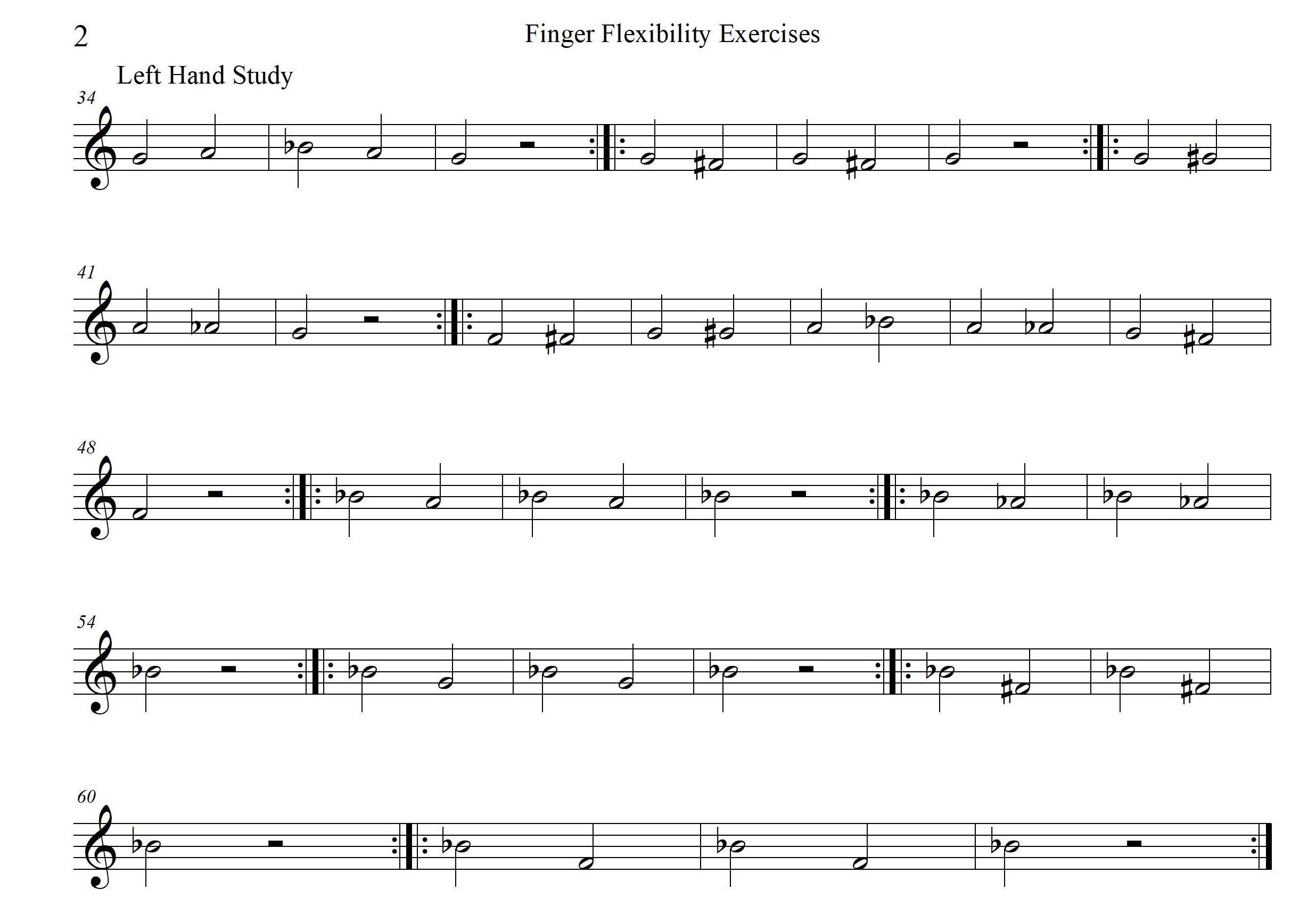
Figure 4
Articulation
Surprisingly, the tongue is not the most important factor when developing good articulation – air is! Air speed and strength largely determine clean and crisp articulation. Air speed propels the tongue to move in an effective manner. Clarinet players should aim to have fast air. The teacher can model that fast air feels cold to the touch and slow air feels warm. Students can experiment by blowing air on their hands to feel the difference. Using fast air will help clarinet players achieve supported tones and will make playing over the break much easier. There are some fun ways to help students develop effective air stream and speed. First is the Birthday Candle Challenge. Under supervision, students can take turns blowing out a birthday candle from a variety of distances. The faster the air speed, the further away the candle can be. Another fun exercise is the Paper on the Wall Challenge. Students will use their air to suspend a piece of paper on the wall. Directors can even give prizes to students who break records, or achieve goals.
Conclusion
Beginning clarinet instruction can be challenging. Focusing on the fundamentals of embouchure, tone development, flexible fingers, and articulation will help students gain the skills for a lifelong of music making. Be patient and embrace the squeaks along the way!
Dr. Christine Damm is the Division Chair of Fine Arts and Communication at Quincy University, Director of the Hawk Express Jazz Band, a woodwind instructor, and teaches a variety of music courses. She is the Principal Clarinetist with the Quincy Symphony Orchestra. She is an advocate of new music and has premiered several works for the clarinet. She has also appeared as a featured soloist with the Quincy Symphony Orchestra, Quincy University Symphonic Band, and the Quincy Area Clarinet Choir. She has published articles for The Instrumentalist, Illinois Music Educator’s Journal, The American Music Teacher, and the Missouri Journal of Research in Music Education. She has presented lectures for the Illinois Music Educators All-State Convention, Iowa Music Educator’s Convention, Quincy University POLIS Lecture Series, and John Wood Community College Lunch and Learn Lecture Series. Damm received her DMA from the University of Missouri – Kansas City, MM from the University of Illinois, and a BA from Quincy University.
Related Reading:
Do Sweat the Small Stuff – Beginning Woodwinds
Clarinet Embouchure: How I Teach Clarinet Embouchure
4 Clarinet Hacks – Better Clarinets in 30 Seconds
If you would like to receive our weekly newsletter, sign up here.
Don’t forget to like us on Facebook too!
Learn. Share. Inspire.
BandDirectorsTalkShop.com


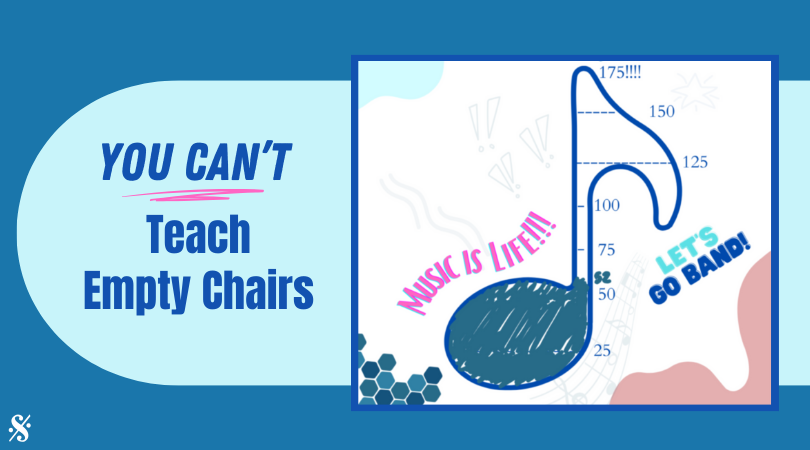
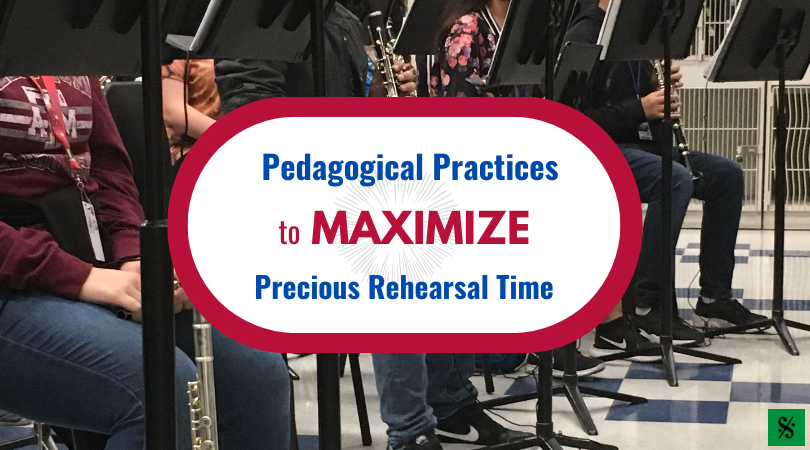


Leave a Reply
You must be logged in to post a comment.